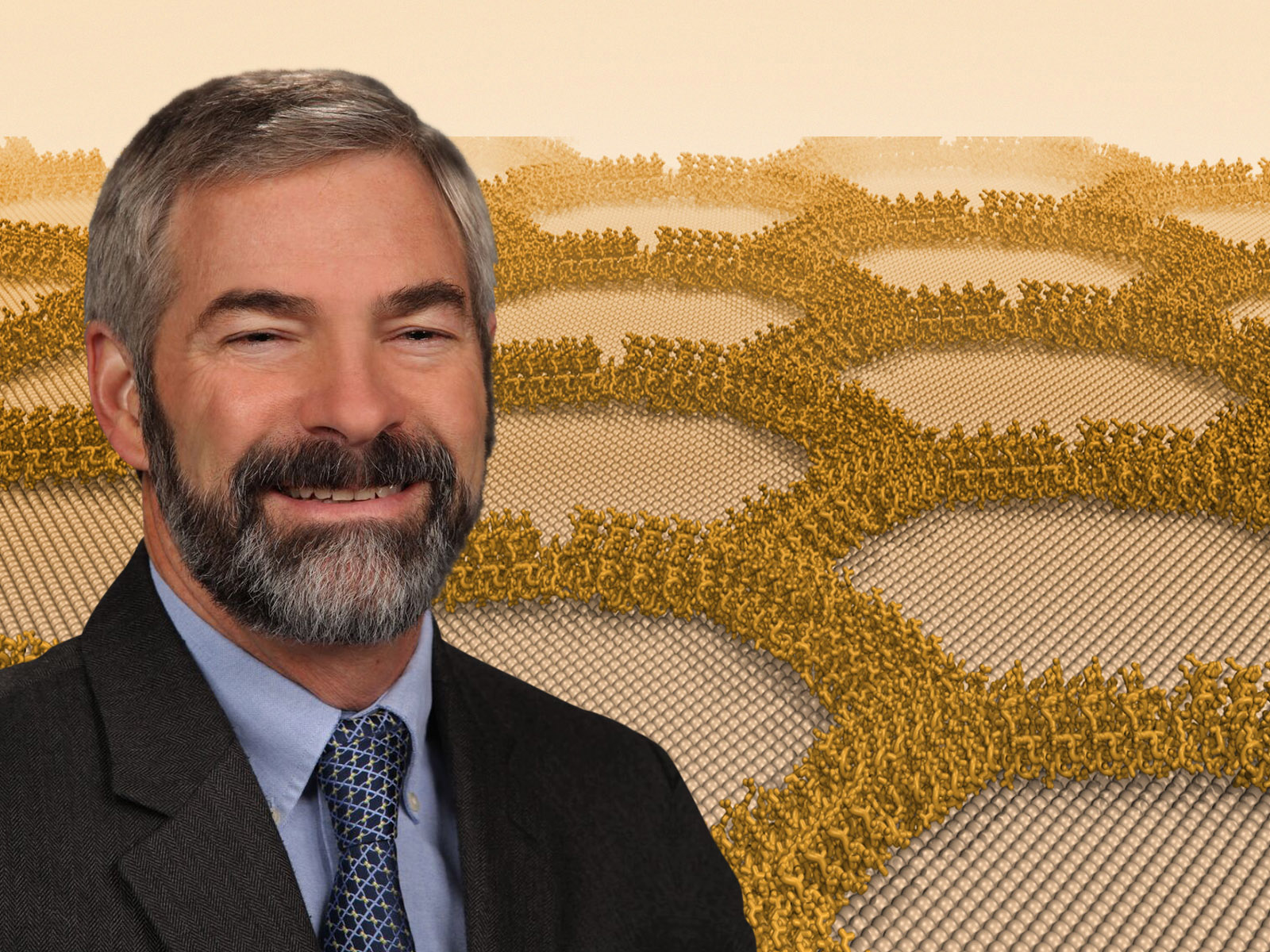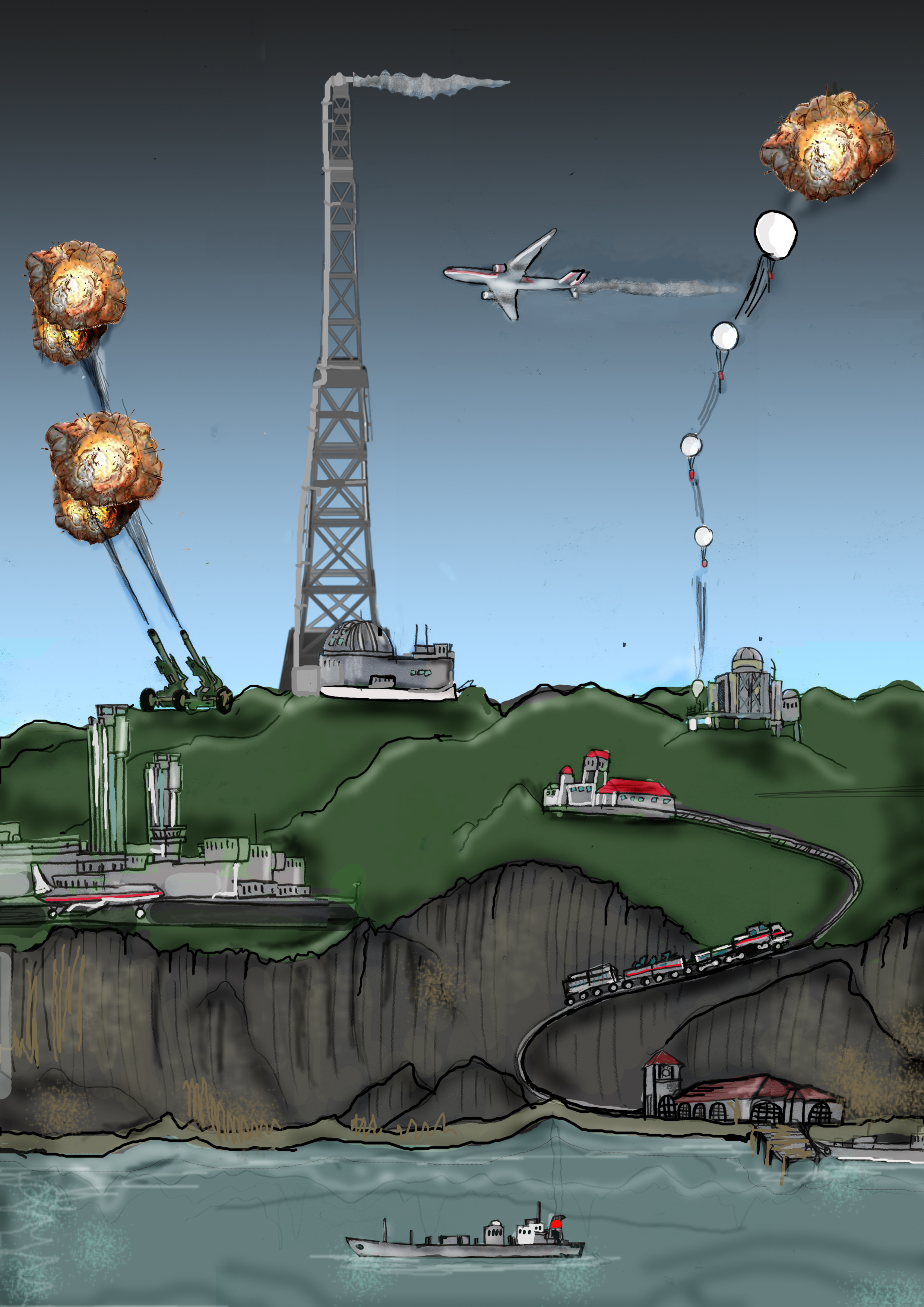The U.S. Department of Energy (DOE) today announced $264 million in funding for 29 projects to develop solutions for the scientific challenges underlying DOE’s Energy Earthshots™ Initiative to advance clean energy technologies within the decade. The funding will support 11 new Energy Earthshot Research Centers led by DOE National Laboratories and 18 university research teams addressing one or more of the Energy Earthshots™ that are focused on six different areas, including industrial decarbonization, carbon storage, and offshore wind. The Department launched the Energy Earthshots Initiative to spur decarbonization efforts that will help the United States meet President Biden’s ambitious climate and clean energy goals, including a 50% reduction in carbon emissions by 2030 and a net-zero carbon economy by 2050.
Tag: Pacific Northwest National Laboratory
Department of Energy Announces $16 Million for Research on Scientific Machine Learning for Complex Systems
Today, the U.S. Department of Energy (DOE) announced $16 million in funding for four projects in scientific machine learning for the predictive modeling and simulation of complex systems.
Nuclear forensics training — it’s a dirty job
Although the likelihood of a terrorist nuclear attack is extremely low, a lot of work is required to prepare for such an unthinkable event. That’s why a response team assembled by the National Nuclear Security Administration (NNSA) recently trained in eastern Idaho’s desert on ways to collect and analyze simulated debris from a nuclear detonation. Nuclear forensics—the science of determining the origin of nuclear material—is an essential element of the United States’ strategy to prevent nuclear terrorism.
DOE Announces $70 Million to Improve Supercomputer Model of Earth’s Climate System
The U.S. Department of Energy (DOE) today announced $70 million in funding for seven projects that will improve climate prediction and aid in the fight against climate change. The research will be used to accelerate development of DOE’s Energy Exascale Earth System Model (E3SM), enabling scientific discovery through collaborations between climate scientists, computer scientists, and applied mathematicians. Data from this model will enhance scientists’ understanding of climate change, which will be crucial to furthering President Biden’s commitment to tackling the climate crisis at home and abroad.

Pioneering Materials Scientist James De Yoreo Receives Distinguished Scientist Fellow Award
Pioneering materials scientist James De Yoreo receives Distinguished Scientist Fellow award. The U.S. Department of Energy’s Office of Science bestows one of its highest honors on PNNL materials scientist.

Geoengineering is Just a Partial Solution to Fight Climate Change
Could we create massive sulfuric acid clouds that limit global warming and help meet the 2015 Paris international climate goals, while reducing unintended impacts? Yes, in theory, according to a Rutgers co-authored study in the journal Earth System Dynamics. Spraying sulfur dioxide into the upper atmosphere at different locations, to form sulfuric acid clouds that block some solar radiation, could be adjusted every year to keep global warming at levels set in the Paris goals. Such technology is known as geoengineering or climate intervention.